The compact SUV segment is bustling with options, but two models have consistently caught the attention of consumers and critics alike: the Renault Captur and the Toyota C-HR. Both offer unique features, innovative technologies, and stylish designs, but which one stands out in terms of technical specifications and driving experience? Let’s delve into a detailed comparison of these two popular vehicles.
Renault Captur vs Toyota C-HR – Performance, range & efficiency compared
Compare performance, boot capacity, efficiency and price at a glance.
Find out which car is the better choice for you – Renault Captur or Toyota C-HR?
Design and Dimensions
The Renault Captur presents a modern and effortlessly stylish exterior with a length of 4239 mm and a width of 1797 mm. Its bold lines and dynamic stance give it a youthful appeal. In contrast, the Toyota C-HR is slightly larger at 4362 mm long and 1832 mm wide, showcasing a more aggressive design language with sharp angles and strong character lines. Both vehicles maintain a compact SUV profile, making them well-suited for urban driving and parking.
Powertrains and Performance
Turning to performance, the Renault Captur offers a range of engine options, including Full Hybrid, Petrol MHEV, LPG, and traditional Petrol variants. The power output ranges from 91 HP to 158 HP, with the hybrid variants providing impressive fuel efficiencies of around 4.7 to 6.2 L/100 km. Captur drivers can select from a variety of transmissions, including automatic and manual options, granting flexibility to suit personal driving preferences.
On the other hand, the Toyota C-HR excels with its hybrid offerings, featuring both Full Hybrid and Plugin Hybrid options that provide an outstanding balance of performance and ecology. The C-HR's power output varies, reaching up to 223 HP in the Plugin variant. Fuel consumption is stellar, with as low as 0.8 L/100 km for the hybrid model, making it one of the most fuel-efficient options in its class. The C-HR is equipped with a CVT (Continuously Variable Transmission) that enhances driving smoothness and efficiency.
Driving Experience and Handling
Both vehicles offer a front-wheel-drive configuration, but the Toyota C-HR takes the lead with an optional all-wheel-drive system, providing enhanced stability and traction under various driving conditions. Acceleration from 0 to 100 km/h is quite impressive, with both models reaching this mark in approximately 9.9 seconds. However, the C-HR's quicker variants achieve this in 7.4 seconds, showcasing its sporty credentials.
Interior and Technology
Inside, both the Captur and C-HR prioritize comfort and technology. The Captur supports 5 passengers, boasting trunk capacities that range between 326 L to 422 L, providing ample space for everyday use. The C-HR also accommodates 5 passengers, but offers a more generous trunk space with options up to 447 L, making it a slight winner in utility.
Technology-wise, the Renault Captur comes equipped with a comprehensive infotainment system, featuring smartphone connectivity and driver-assist technologies. The Toyota C-HR equally impresses with its intuitive infotainment interface and advanced driver-assist features, including adaptive cruise control and lane-keeping assist, enhancing safety and convenience.
Efficiency and Emissions
In terms of emissions, both models perform well within their classes. The Renault Captur boasts CO2 emissions ranging from 106 g/km to 139 g/km, while the Toyota C-HR's efficient hybrid powertrains achieve as low as 17 g/km, making it an eco-friendlier option. This efficiency can be particularly appealing to environmentally conscious drivers.
Conclusion: Which One to Choose?
Choosing between the Renault Captur and the Toyota C-HR ultimately depends on individual priorities. The Captur excels in aesthetic appeal and a wider range of engine options, catering to diverse consumer needs. Meanwhile, the C-HR offers unparalleled fuel efficiency and cutting-edge hybrid technology, appealing to those who prioritize sustainability and advanced driving dynamics.
Whichever model you choose, both the Renault Captur and Toyota C-HR embody the charm and capability characteristic of today’s compact SUVs, delivering enjoyable driving experiences and innovative features for the modern driver.
Here’s where it gets real: The technical differences in detail
Costs and Efficiency:
Price and efficiency are key factors when choosing a car – and this is often where the real differences emerge.
Renault Captur has a decisively advantage in terms of price – it starts at 20100 £, while the Toyota C-HR costs 29100 £. That’s a price difference of around 9000 £.
Fuel consumption also shows a difference: Toyota C-HR manages with 0.80 L and is therefore decisively more efficient than the Renault Captur with 4.50 L. The difference is about 3.70 L per 100 km.
Engine and Performance:
Under the bonnet, it becomes clear which model is tuned for sportiness and which one takes the lead when you hit the accelerator.
When it comes to engine power, the Toyota C-HR has a evident edge – offering 223 HP compared to 158 HP. That’s roughly 65 HP more horsepower.
In acceleration from 0 to 100 km/h, the Toyota C-HR is a bit quicker – completing the sprint in 7.40 s, while the Renault Captur takes 8.50 s. That’s about 1.10 s faster.
There’s no difference in top speed – both reach 180 km/h.
Space and Everyday Use:
Whether family car or daily driver – which one offers more room, flexibility and comfort?
Both vehicles offer seating for 5 people.
In curb weight, Renault Captur is a bit lighter – 1293 kg compared to 1505 kg. The difference is around 212 kg.
In terms of boot space, the Toyota C-HR offers slight more room – 447 L compared to 422 L. That’s a difference of about 25 L.
In maximum load capacity, the Renault Captur performs a bit better – up to 1363 L, which is about 208 L more than the Toyota C-HR.
When it comes to payload, Renault Captur hardly perceptible takes the win – 457 kg compared to 425 kg. That’s a difference of about 32 kg.
Who wins the race?
The Toyota C-HR proves to be wins the duel decisively and therefore becomes our DriveDuel Champion!
Toyota C-HR is the better all-rounder in this comparison.
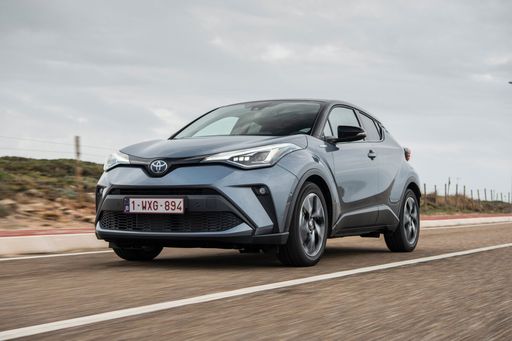 @ Toyota Motor Corporation
@ Toyota Motor Corporation
Toyota C-HR
Renault Captur
The Renault Captur is a cheeky little crossover that pairs city-friendly agility with a roomy, well-thought-out cabin and enough style to turn heads at the lights. It’s a sensible choice for buyers who want practical versatility and a dash of personality on their daily drives, without taking itself too seriously.
details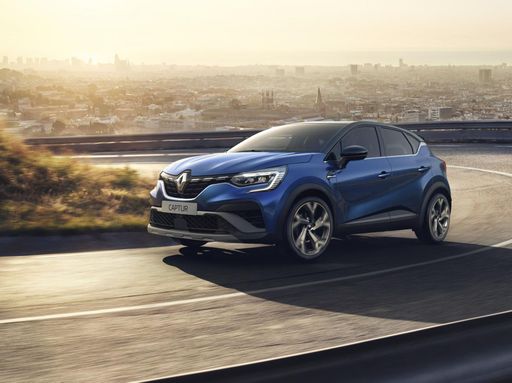 @ Renault Group Media
@ Renault Group Media
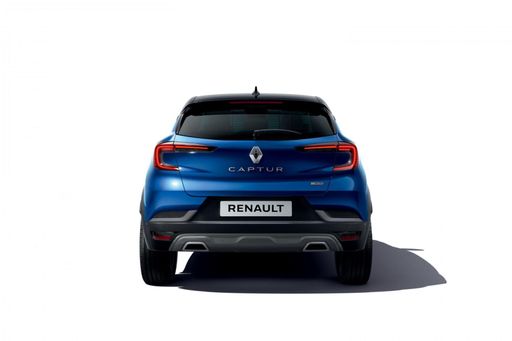 @ Renault Group Media
@ Renault Group Media
 @ Renault Group Media
@ Renault Group Media
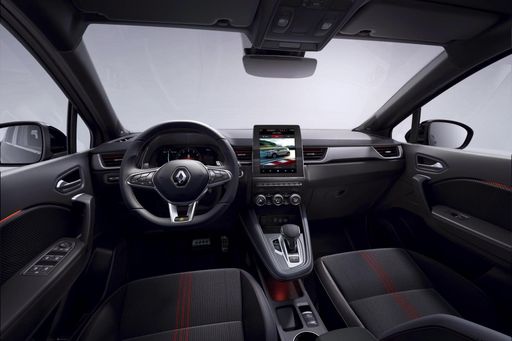 @ Renault Group Media
@ Renault Group Media
Toyota C-HR
The Toyota C-HR cuts a striking figure with its angular styling and coupe-like profile, so you’ll never go unnoticed in the supermarket car park. It balances everyday practicality with a nimble, city-friendly personality, making routine commutes feel a touch more fun without asking for forgiveness.
details @ Toyota Motor Corporation
@ Toyota Motor Corporation
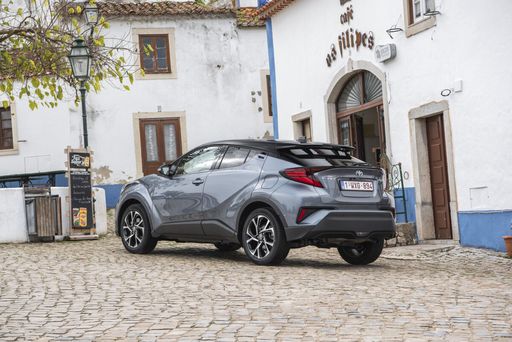 @ Toyota Motor Corporation
@ Toyota Motor Corporation
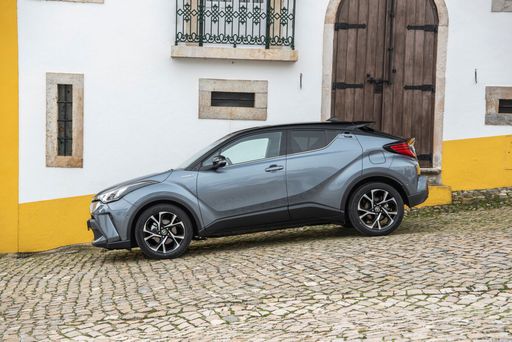 @ Toyota Motor Corporation
@ Toyota Motor Corporation
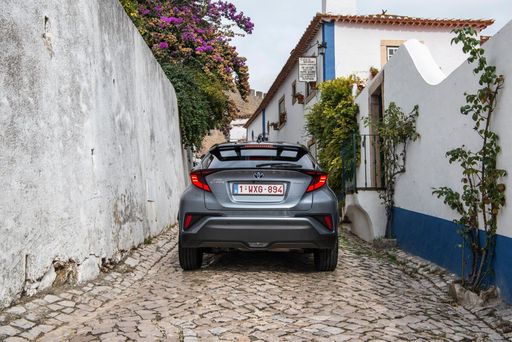 @ Toyota Motor Corporation
@ Toyota Motor Corporation
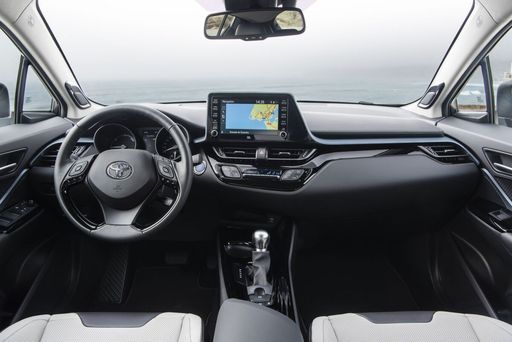 @ Toyota Motor Corporation
@ Toyota Motor Corporation
 @ Renault Group Media
@ Renault Group Media
|
 @ Toyota Motor Corporation
@ Toyota Motor Corporation
|
|
|
|
Costs and Consumption |
|
|---|---|
|
Price
20100 - 28300 £
|
Price
29100 - 42800 £
|
|
Consumption L/100km
4.5 - 6 L
|
Consumption L/100km
0.8 - 5.1 L
|
|
Consumption kWh/100km
-
|
Consumption kWh/100km
-
|
|
Electric Range
-
|
Electric Range
68 km
|
|
Battery Capacity
-
|
Battery Capacity
-
|
|
co2
102 - 135 g/km
|
co2
17 - 115 g/km
|
|
Fuel tank capacity
48 L
|
Fuel tank capacity
43 L
|
Dimensions and Body |
|
|---|---|
|
Body Type
SUV
|
Body Type
SUV
|
|
Seats
5
|
Seats
5
|
|
Doors
5
|
Doors
5
|
|
Curb weight
1293 - 1514 kg
|
Curb weight
1505 - 1755 kg
|
|
Trunk capacity
326 - 422 L
|
Trunk capacity
350 - 447 L
|
|
Length
4239 mm
|
Length
4362 mm
|
|
Width
1797 mm
|
Width
1832 mm
|
|
Height
1575 mm
|
Height
1558 - 1564 mm
|
|
Max trunk capacity
1276 - 1363 L
|
Max trunk capacity
1076 - 1155 L
|
|
Payload
376 - 457 kg
|
Payload
375 - 425 kg
|
Engine and Performance |
|
|---|---|
|
Engine Type
Petrol MHEV, Petrol, Full Hybrid
|
Engine Type
Full Hybrid, Plugin Hybrid
|
|
Transmission
Manuel, Automatic
|
Transmission
Automatic
|
|
Transmission Detail
Manual Gearbox, Dual-Clutch Automatic, Automatic Gearbox
|
Transmission Detail
CVT
|
|
Drive Type
Front-Wheel Drive
|
Drive Type
Front-Wheel Drive, All-Wheel Drive
|
|
Power HP
91 - 158 HP
|
Power HP
140 - 223 HP
|
|
Acceleration 0-100km/h
8.5 - 14.3 s
|
Acceleration 0-100km/h
7.4 - 9.9 s
|
|
Max Speed
168 - 180 km/h
|
Max Speed
175 - 180 km/h
|
|
Torque
160 - 270 Nm
|
Torque
-
|
|
Number of Cylinders
3 - 4
|
Number of Cylinders
4
|
|
Power kW
67 - 116 kW
|
Power kW
103 - 164 kW
|
|
Engine capacity
999 - 1789 cm3
|
Engine capacity
1798 - 1987 cm3
|
General |
|
|---|---|
|
Model Year
2024 - 2025
|
Model Year
2024 - 2025
|
|
CO2 Efficiency Class
D, C
|
CO2 Efficiency Class
C, B
|
|
Brand
Renault
|
Brand
Toyota
|
What drive types are available for the Renault Captur?
The Renault Captur is offered with Front-Wheel Drive.
The prices and data displayed are estimates based on German list prices and may vary by country. This information is not legally binding.
